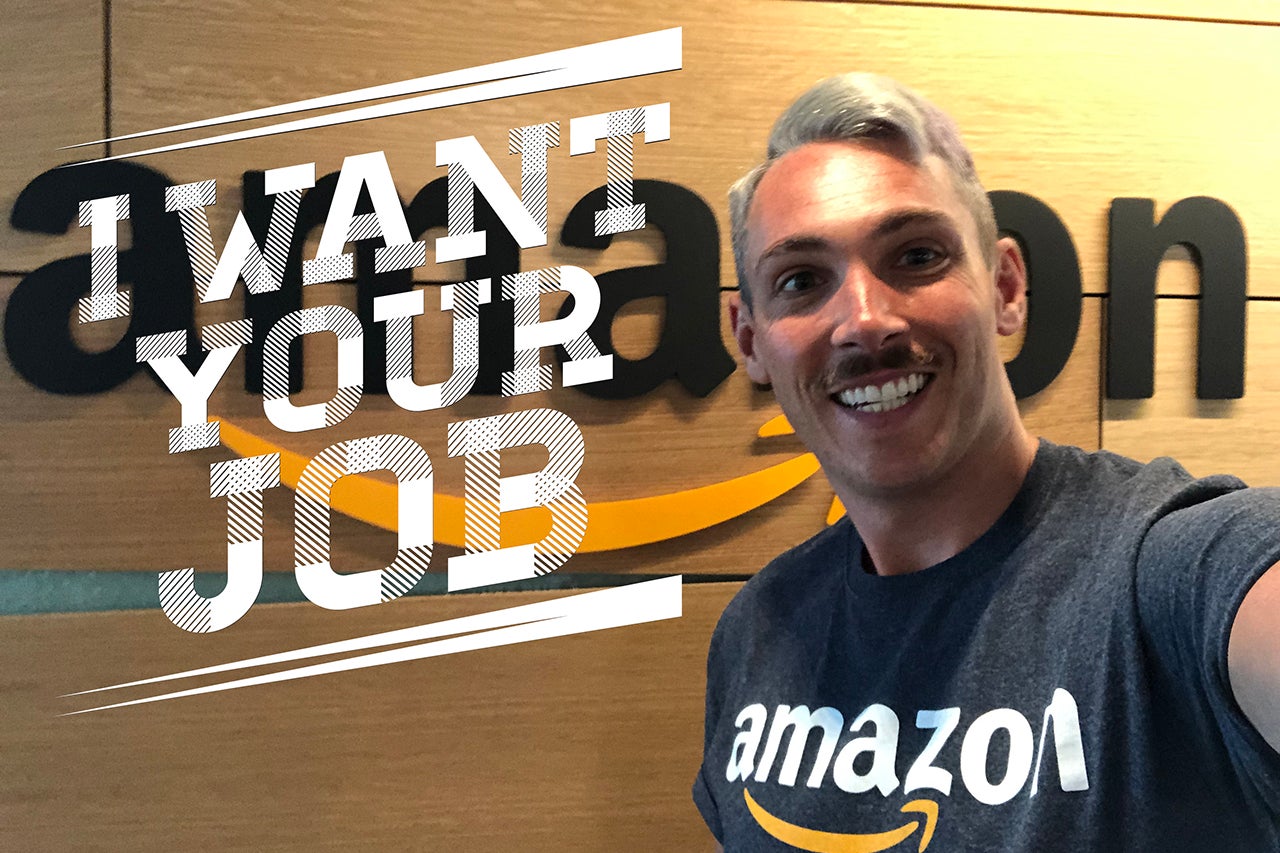Win Platt ’11 is a making a name for Amazon Echo.
As a brand strategist for all things Echo, he develops the positioning, naming, messaging and packaging for new Echo devices. Platt didn’t always know he wanted to be in the intensely competitive world of marketing technology, but as an international business major he did know he wanted to be part of something big.
The College Today caught up with Platt to find out how he worked his way from tending bar to having a career at Amazon, and what it’s like working at one of the biggest companies in the world.
How did you get into brand strategy?
I graduated and had no idea what to do. I went to Australia and bartended for a year to try and get some clarity (and go to the beach). I came back and knew I wanted to live in New York and ended up getting a job at an agency there. I ended up running their marketing department before moving to a brand strategy agency in Seattle. That agency works primarily with tech clients to deliver naming, brand architecture, positioning, messaging priorities and creative support. They opened my eyes to the world of brand strategy.
How did your experience at CofC prepare you for your marketing career?
Growing up in a predominately white town in Rhode Island, I knew it wasn’t representative of the world or a greater perspective. When I went to Charleston, I knew the diversity of the student body would fundamentally open my eyes. In life, you need diversity to build a more empathetic world. In business, you need diversity because you have to represent customers at scale – which encompasses different types of people from gender, race, sexual orientation, socioeconomics – you name it. CofC has such a beautifully diverse community and it’s one of the things I cherish the most about my time there.
Is there any piece of advice a professor gave you at CofC that has stuck with you?
Colleen Troy (adjunct professor in marketing) taught me that creativity doesn’t just happen – you need to foster the environment for it. She takes different routes home from work because your brain “falls asleep” during too much routine and to spark creative ideas, you need to keep it active. That is something I still do to this day. Also, Ben Lever (executive-in-residence in the College’s School of Business), through his real world examples with Ford in Japan and introducing me to case studies, totally pushed my perspective.
What’s the best thing about working for Amazon?
It is an empowering place to work that always puts the customer first. When we debate decisions, it always comes directly back to the customer. Surprisingly, you don’t find that at all companies – things like cost, operations and infrastructure get in the way of the customer experience. Not here. Here, we strive to make everyone’s lives better – and that is very exciting!
What led you to Amazon?
As a customer and prior to working here, I have always been impressed with Amazon. In my opinion, they are bettering almost every experience. Amazon Go is a great example of taking something you didn’t even know was a pain point – waiting in line at a store – and getting rid of it through the ability to walk into a store, grab something and just walk out (you get charged through your Amazon account). When a client at another major tech company in Seattle moved to Amazon, we met up for coffee and started a conversation about me potentially going with her.
What are your current duties/responsibilities?
Before a new device becomes public, I work to name it, craft its positioning (e.g. what is this device’s reason for being), messaging priorities (e.g. these are the messages we need to land consistently for customers that support the positioning), and the packaging. Packaging is super interesting because it’s an accumulation of all the strategies in one place.
What does your average day look like?
First, iced coffee. Then, we write word documents called docs (we don’t use PowerPoint). A doc forces you to clearly articulate what you’re trying to achieve. The idea is anyone in the company should be able to pick up your doc and have all the information they need to make a decision – which a PowerPoint presentation can’t do as you need the presenter. It’s a bit awkward at first, but you essentially work tirelessly on your doc, go to a meeting where people read it and then you have to facilitate a discussion. Most of my days are gathering inputs (through customer data, workshops, meetings, etc.) and formulating a strategy into a doc to drive a decision with leadership.
What is your favorite Echo device and why?
I am particularly fond of the Echo Dot Kids Edition in rainbow. It’s so cute and you can toggle off Amazon’s Alexa experience for kids so that it works just like a regular Echo Dot!
What’s the craziest thing you’ve ever asked Alexa?
Ask her if she can rap.




